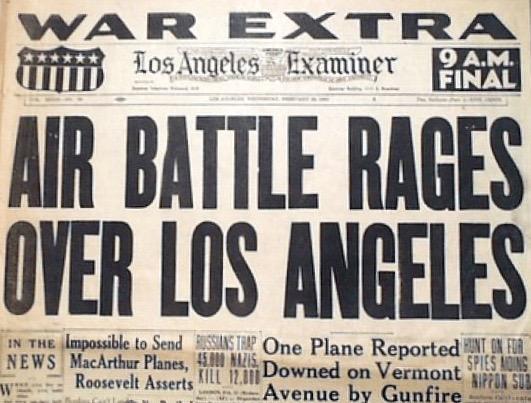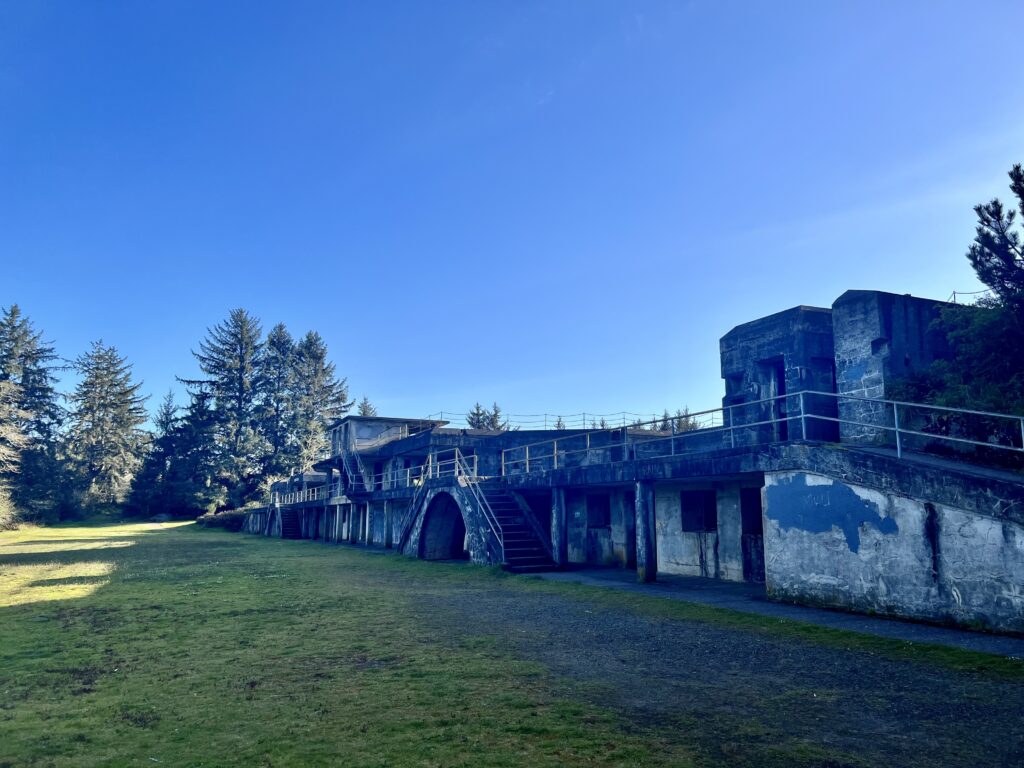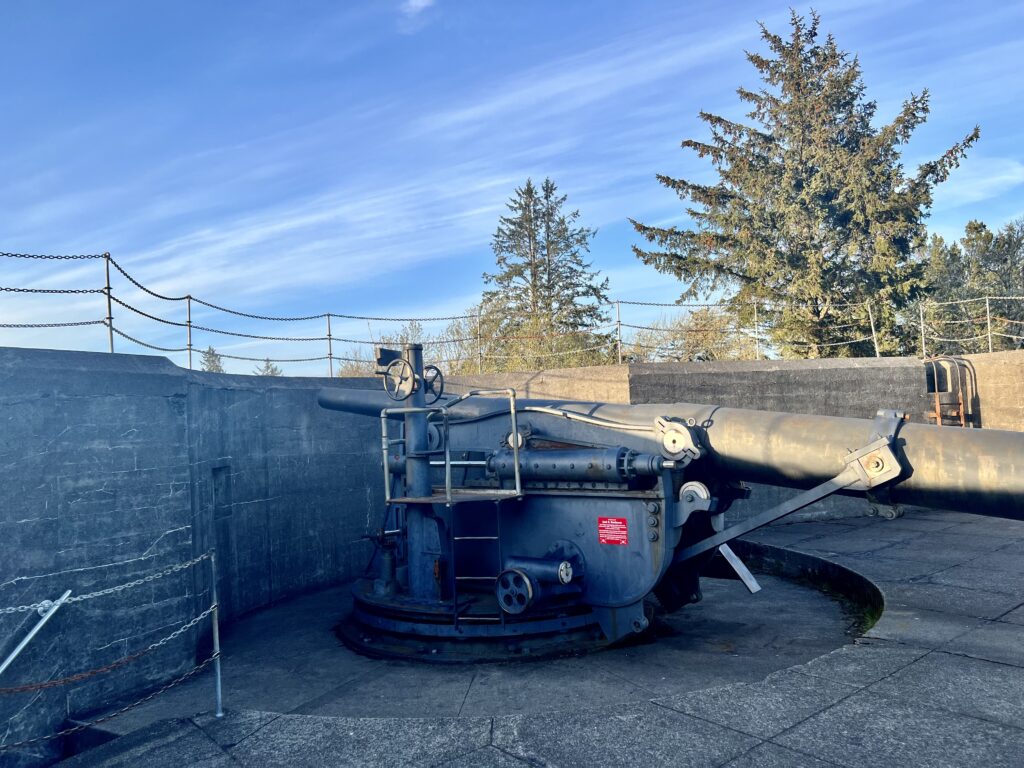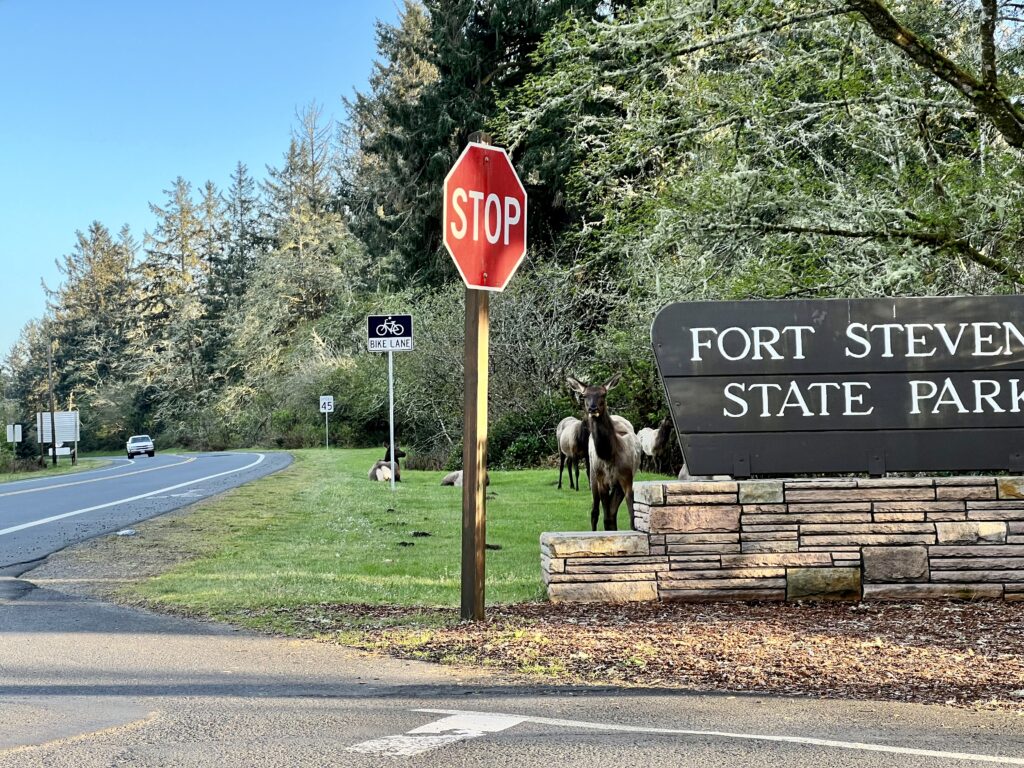I could be wrong, but I’m guessing almost no one reading this has ever heard of Fort Stevens. Originally, I wasn’t going to post about my visit to the fort. It was going to be something fun that I enjoyed, but didn’t anticipate others would find it interesting. But I recently had dinner with a friend, and his young son, who as it turns out is interested in WWII history. It was quite refreshing to see a youngster interested in WWII. My own efforts to get my youngest sister interested in history, have been a colossal failure, ranking somewhere between the Hindenburg and Chernobyl. So with a renewed faith in the younger generation’s curiosity, and the prospect that at least a few people will find this interesting, I’m willing to write this one up.
Fort Stevens is located on Oregon’s Pacific Coast, guarding the mouth of the Columbia River. Originally built during the Civil War at the order of President Lincoln, and later modernized in 1897, the fort was key to defending the Columbia River. On June 21st, 1942, a Japanese submarine surfaced offshore and began shelling Fort Stevens. The attack caused little damage, but it’s notable, because it was the only attack on a mainland military installation during World War 2. Put another way, Fort Stevens was the first military base on the U.S. mainland, to be attacked by a foreign power since the War of 1812, a distinction it still holds today.
More importantly though, I think the fort is representative of something far more important, the attack that never came. After the Japanese attack on Pearl Harbor, the West Coast of the United States was stricken with fear, convinced that a Japanese invasion of the mainland was imminent. In reality the Japanese didn’t have the manpower or logistical support to mount this type of invasion. But in the aftermath of Pearl Harbor, that didn’t matter. Defenses like Fort Stevens were built up and down the West Coast, ready to defend against a Japanese invasion.
While the invasion never came, the residents of America’s Pacific Coast, were subjected to more than a few false alarms. The little known “Battle of Los Angeles” is a good example. In February 1942, the day after a Japanese submarine shelled a Santa Barbara oil refinery, the City of Los Angeles was on edge. Around 2:00 AM on February 25th, radar picked up what they believed to be an enemy plane, flying 100 miles off the coast of LA. A city wide black out was enforced, and air raid sirens sounded. An hour later, anti-aircraft batteries in Santa Monica opened fire, following reports of an unidentified object in the skies. Soon most of the cities coastal defenses joined the barrage, the sky filled with anti-aircraft fire. The barrage continued for over an hour, until a cease fire order was finally given. It was only in the light of day, that the realization was made, there had been no enemy planes. While the whole thing turned out to be a false alarm, that was probably little consolation to the residents of Los Angeles. Without any additional information, what would have been the logical conclusion, to hearing all the cities’ anti-aircraft guns firing in the middle of the night? Sitting in their houses, mired in darkness, I’m sure plenty of LA residents were convinced bombs were about to start falling from the sky. 80 years later it’s easy to forget about these events, but for the wartime residents of the West Coast, these were defining moments of their WWII experience. While largely a forgotten aspect of the war, I occasionally like to ponder this part of the wartime experience at home, and Fort Stevens seems an appropriate place to reflect.


Shortly after the war ended, Fort Stevens was decommissioned, and eventually was turned over to the State of Oregon. Now part of Fort Stevens State Park, the military base is preserved, along with 4,300 acres of pristine Oregon coastline. Even if you have no interest in WWII history, the park is worth a visit. While my visit was almost entirely motivated by the military history, I was pleasantly surprised by all the nature available to explore. Fort Stevens offers beaches, hiking trails, and a freshwater lake. The scenery is amazing, and there is an abundance of wildlife. As I was wrapping up my visit, I had to chuckle at the herd of Elk who had invaded the parking lot. Usually when I’m visiting historical sites, there’s no wildlife involved, but Fort Stevens is a bit of a unique experience. Fort Stevens is never going to be at the top of anyone’s vacation list, but if you’re ever in Oregon, it’s definitely worth a trip.
https://stateparks.oregon.gov/index.cfm?do=park.profile&parkId=129





Hey…don’t be bashing the little sister in public. Your other two like history:) I like the elk. 😊
Great stuff, Zach, I’m glad you wrote it up. My mother was 10 years old when Pearl Harbor was bombed and she has told us stories of the blackouts (it had happened several times) as her home was about 15 miles from the coastline. She would agree with what you wrote – those were scary times, especially for a young girl.
A Luke shout out!